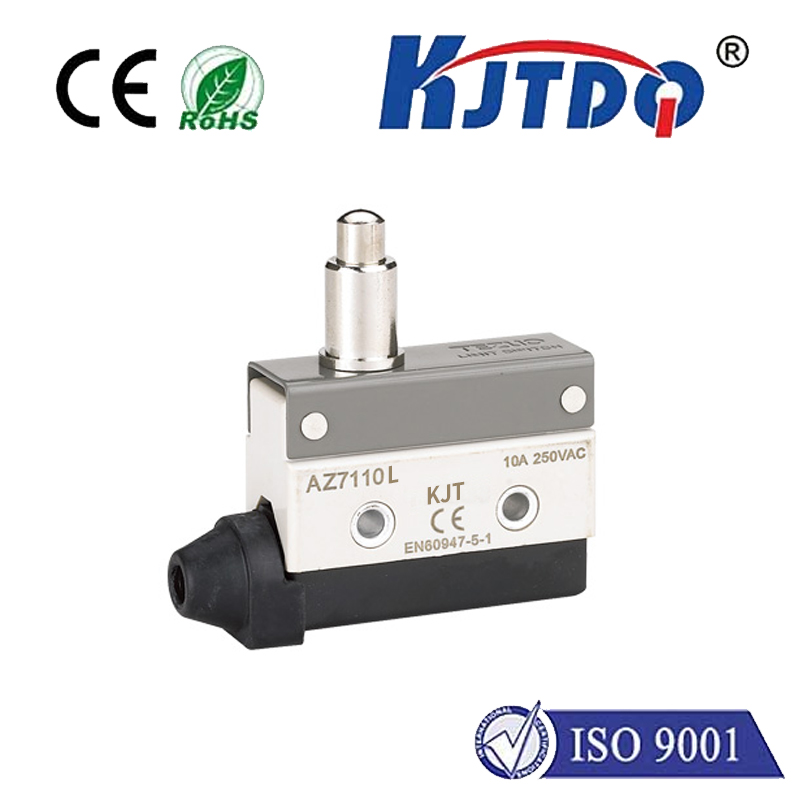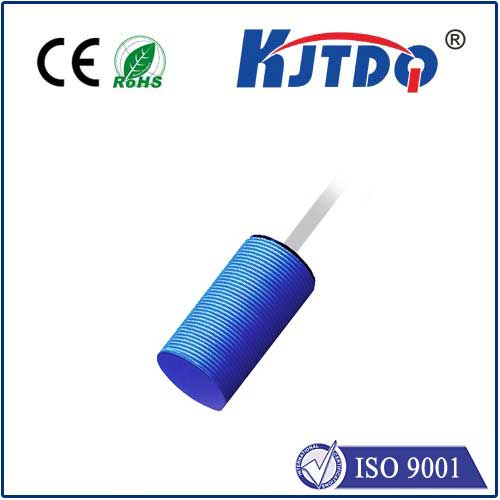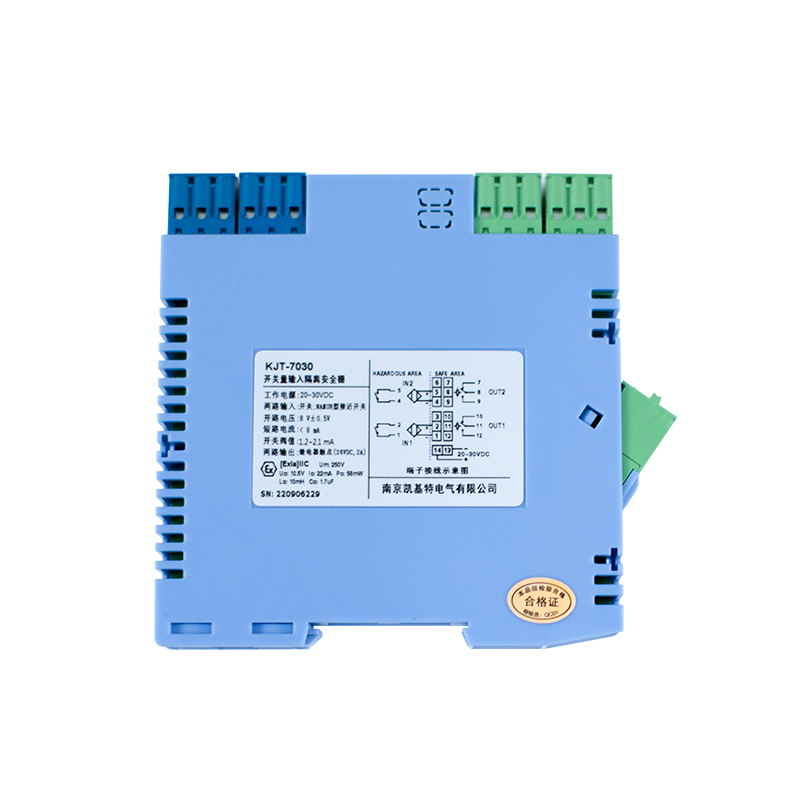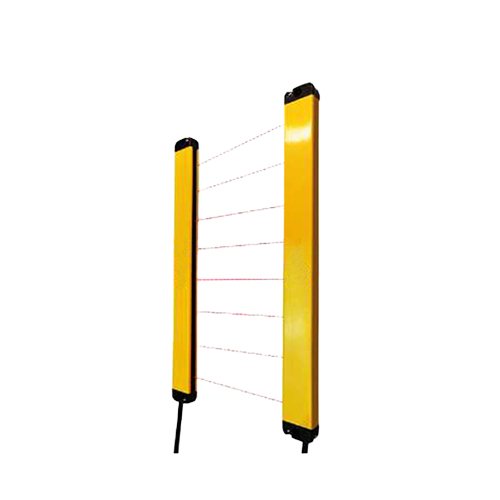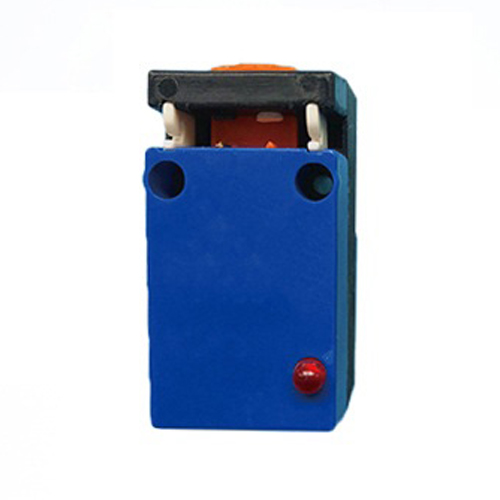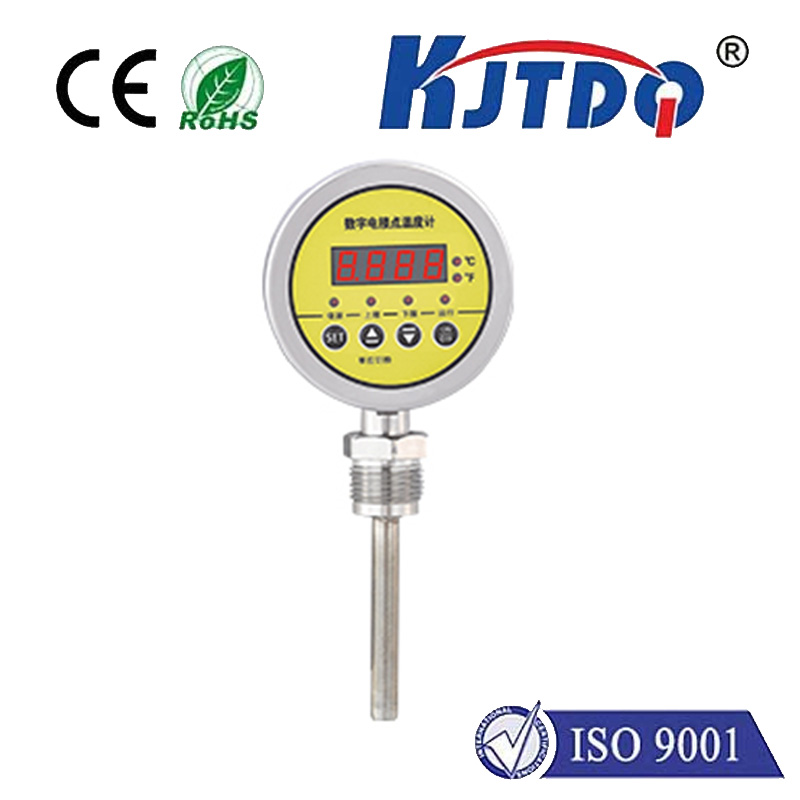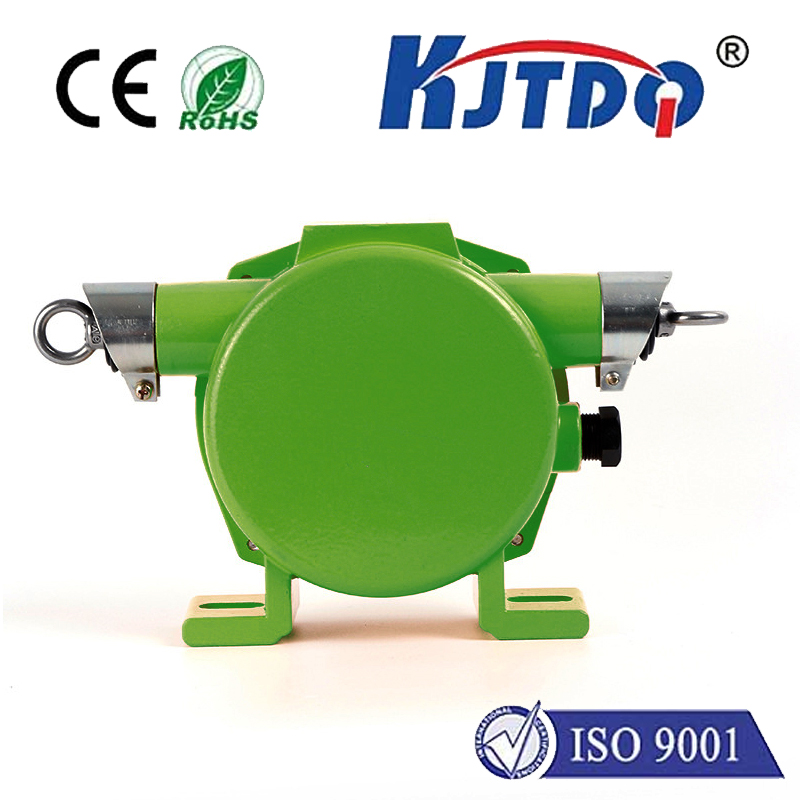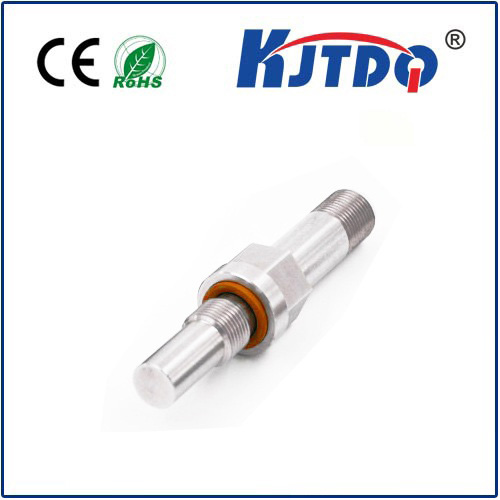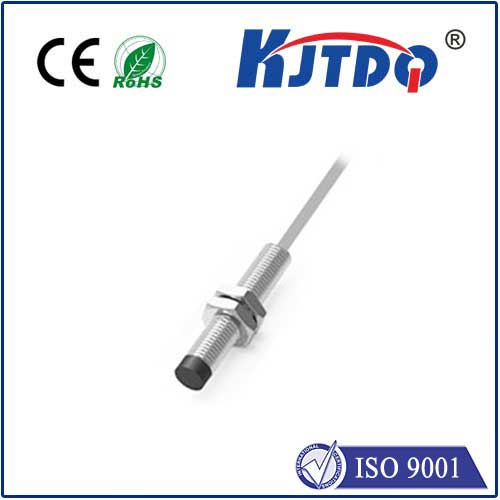

check

check

check

check

check

check

check

check

check

check
As the demand for smart devices and automation continues to grow, the role of proximity sensors becomes increasingly important. Among various types of proximity sensors, capacitive and inductive sensors are two widely used options with different characteristics. This article will explore the evolution of these sensors, from traditional to advanced technologies.
1. The Early Days of Capacitive Sensors
The concept of capacitive proximity sensors can be traced back to the late 19th century when a French electrical engineer, Henri Faraday, discovered that an electric charge could be stored in a capacitor. However, it was not until the mid-20th century that capacitive sensors began to be used commercially. In the early days, capacitive sensors were limited by their high cost and low accuracy. They were mainly used for simple tasks like counting coins or measuring distances.
2. The Emergence of Inductive Sensors
In contrast to capacitive sensors, inductive proximity sensors did not become popular until the 1970s. Unlike capacitive sensors, which use capacitance to detect changes in electric field strength, inductive sensors rely on changing magnetic fields. This made inductive sensors more versatile and easier to manufacture. As a result, they quickly gained popularity in various industries, including automotive, manufacturing, and healthcare.
3. The Advancements in Capacitive Sensors
Over the years, researchers have made significant advancements in the technology behind capacitive sensors. One of the most notable improvements is the development of low-cost microelectromechanical systems (MEMS) devices, which can now be integrated into smaller devices without sacrificing performance. Additionally, advances in materials science have allowed for the creation of more accurate and sensitive sensors with lower power consumption. These innovations have led to the widespread adoption of capacitive sensors in a wide range of applications, such as touch screens, gesture recognition, and remote controls.
4. The Future of Inductive Sensors
Despite their limitations, inductive sensors remain an essential component in many industries due to their robustness and versatility. As technology continues to evolve, it is likely that we will see further improvements in both capacitive and inductive sensors. For example, researchers are exploring new materials and techniques for enhancing sensor accuracy and sensitivity, as well as developing more energy-efficient designs. Additionally, hybrid sensors that combine elements of both capacitive and inductive technology may become increasingly common, providing even greater flexibility and accuracy in sensing applications
